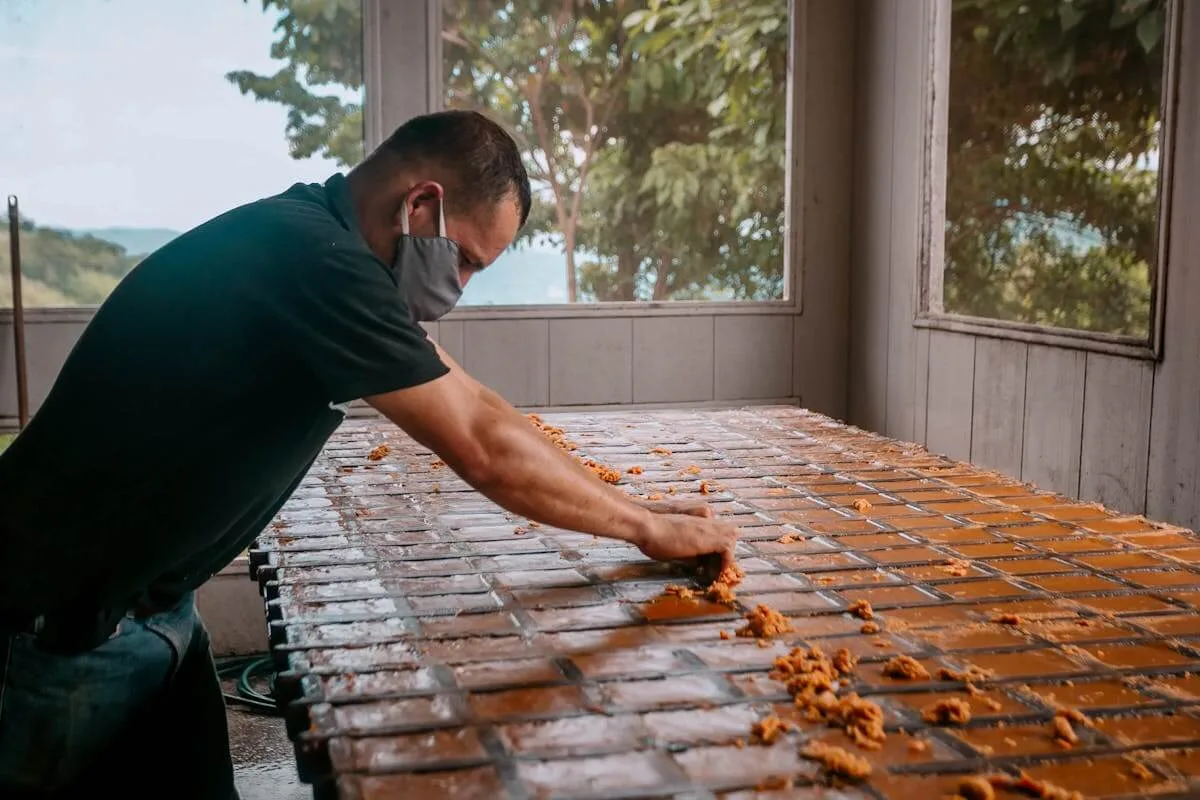 Sustainability is a growing concern for many younger homeowners who are beginning to see the long-term environmental impacts of traditional building practices. As awareness of climate change, resource depletion and energy inefficiency increases, many homeowners are beginning to look for ways to minimise their carbon footprint. This has led to the rising popularity of sustainable building materials and building practices. In this post, we take a closer look at what some sustainable building materials might be so you can consider incorporating them into your home’s design.
Sustainability is a growing concern for many younger homeowners who are beginning to see the long-term environmental impacts of traditional building practices. As awareness of climate change, resource depletion and energy inefficiency increases, many homeowners are beginning to look for ways to minimise their carbon footprint. This has led to the rising popularity of sustainable building materials and building practices. In this post, we take a closer look at what some sustainable building materials might be so you can consider incorporating them into your home’s design.
Choosing the Right Sustainable Building Materials
Some of the most suitable sustainable building materials in construction include:
Natural Materials
Natural materials including wood, stone and clay can be sustainable if they are sourced sustainably. For example, wood that is sustainable will be harvested from certified forests that have safeguards in place to ensure that trees are replanted and ecosystems are preserved, minimising the impact on the environment. At the same time, using natural materials that have been reclaimed or recycled can also help to reduce the demand for new raw materials, further contributing to their sustainability.
Recycled and Reclaimed Materials
Recycled and reclaimed materials don’t necessarily have to compromise on style and quality. In fact, using such materials can add a unique character and charm to a home. For example, reclaimed wood often has a distinct look and patina that develops over the years, making it an excellent option for furniture and flooring. Similarly, certain materials such as steel and aluminium are strong, durable and can be easily recycled to give them a new life at the end of their current one.
Eco-Friendly Insulation Materials
Traditional insulation materials such as fibreglass and foam have long been the go-to materials for home insulation because of their effectiveness and ability to improve energy efficiency. However, the production processes for these materials can often have a significant environmental impact and may potentially result in toxic waste. Eco-friendly insulation materials, such as cellulose made from recycled paper and cotton, might thus be environmentally friendly and sustainable alternatives that you can consider.
Non-Toxic Paints and Finishes
Beyond the building materials that you use, you should also consider using non-toxic paints and finishes for the surfaces in your home. For instance, low-VOC and other non-toxic paints can help to reduce air pollution and improve indoor air quality. At the same time, natural finishes such as plant based oils and beeswax might be good alternatives to traditional finishes that you can consider incorporating into your home.
Design a Sustainable Home with Australian Heritage Homes
Australian Heritage Homes are the leading custom home builders in Melbourne. Our team has decades of industry experience and is well-versed in sustainable home design and helping our clients build green homes. If you are looking to embrace sustainability and eco-friendliness in your home design, we can help. Contact us today for a free, no-obligation consultation to find out how we can help with your home-building needs!